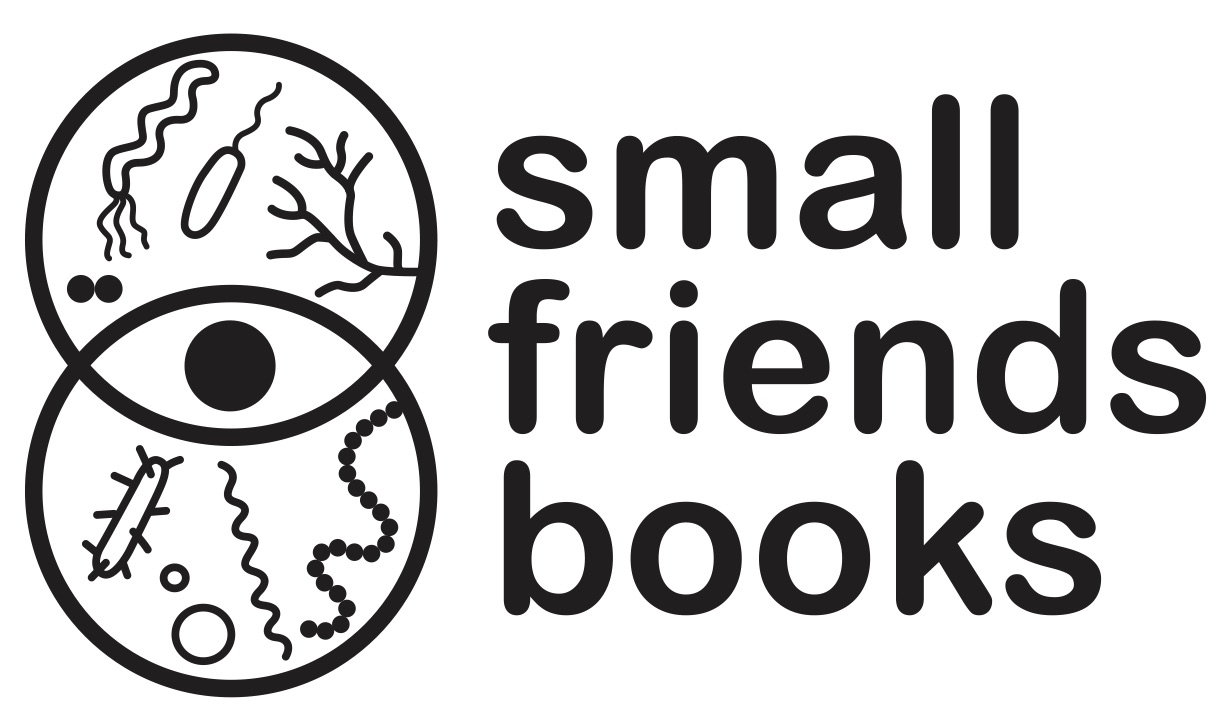It’s a great, fat blue tome, which is exactly as you’d imagine from the title. I am drawn into the disease prevention chapter: diagrams of different shit-pits used in different locations. Statistics on the various illnesses suffered at any one time (trench fever, typhoid, mumps, VD.) The view of sanitation as a core army discipline. Procedures from diagnosis to reporting to quarantine. Information that I find hard to retain – but which it will be necessary to get right.
It doesn’t seem like the kind of chaos war stories often depict. It seems efficient. I’m astonished that in “that mad world of blood, death and fire” they managed to keep such detailed records. There is a great sense of achievement in the text. It tells a success story – a pride that the rolling war bureaucracies across several nations’ armies kept illness to a minimum. I’m struck by the paradoxical efficiency of keeping men healthy so they can continue to kill. I wonder if the nurses were? I find this paragraph:
It will be carried out as follows: Diagnosed cases of the above diseases will be notified by telegram to this office immediately a diagnosis has been arrive at. The notification will be sent by the officer commanding Casualty Clearing Station…Suspected cases of Dysentery will also be notified…the ADMS of the Division who will at once take steps in direct communication with the Officer in charge of the Mobile Laboratory concerned for the investigation of the carrier condition of the contacts in order that those found free from infection may be returned to duty without unnecessary delays and that the carrier contacts may be suitably dealt with.
Order dated 14th June 1916, quoted in The Official History.
I read it over and over again. The Mobile Laboratory! What did it look like?
I search the index for dysentery. There is one page here, two pages there. I start to find references to the bacteriology. They know how many cases were caused by the Shigella bacteria and how many by the Flexner. Which means, I assume, that someone was looking at soldiers shit under a microscope? Or would the bacteria be present in a mouth swab? I’ll have to check with Gregory. The bacteriology sections reference the notes of an Australian, Leiut. JC Martin and I wonder where he was working and what his days looked like?
And then, surprisingly, it references the notes of a woman: Miss F. E. Williams. She seems to have worked alongside Martin. Many of the references are to notes shared between them. A woman. I’m suddenly excited. Can I make her my central character? Who was she? Where was she from? (Fingers crossed she was from Victoria, because our main character needs to be.) What was her relationship to Martin? Did they ever meet D’herelle? I’m going to spend some time trying to track her down.








